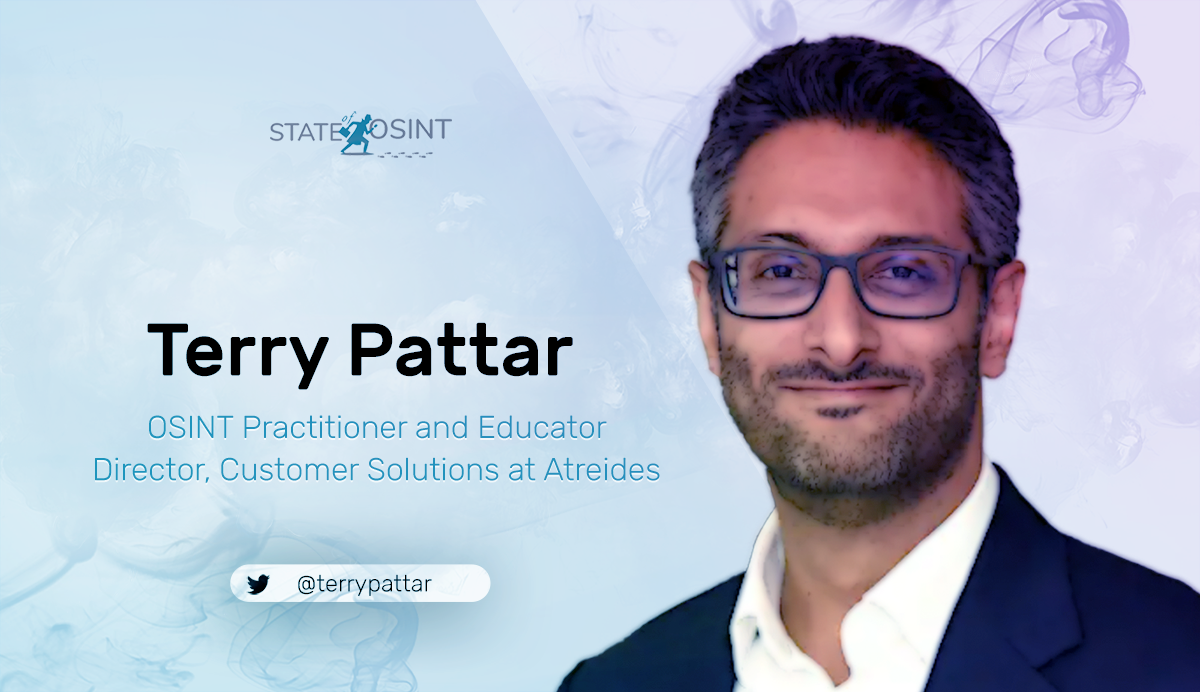Wondersmith Rae
Many companies are beginning to figure out how OSINT can benefit them which means lots of opportunities for newcomers.
For me, the OSINT highlight of 2021 was the Pulitzer Prize win, in the International Reporting category, for Megha Rajagopalan, Alison Killing and Christo Buschek of BuzzFeed News, for their work in identifying “a vast new infrastructure built by the Chinese government for the mass detention of Muslims.”
They made excellent use of a combination of open source information including mapping and satellite imagery to expose a human rights scandal that hasn’t received nearly enough attention. It demonstrates the art of the possible with publicly available information.
More disinformation, misinformation, and malinformation seemed to be the biggest trend I observed, particularly around COVID vaccines. This isn’t helped by several of the big social media platforms failing (in my opinion) to acknowledge the role of their platforms in making the problem worse, but on the other hand lawmakers mistakenly thinking that the platforms can immediately put a stop to it!
On the positive side, more is being done to research this type of information campaign and I hope that in the future people will become better at spotting and not spreading dis-, mis-, and malinformation.
I know there’s always a lot of emphasis in the OSINT community on the free tools (for good reason), but I’ve been
particularly impressed with a couple of commercial tools that I’ve tried in 2021:
Analyze by Primer.ai (https://primer.ai/) and the analytics platform created by
reKnowledge (https://www.reknowledge.tech/). The former is great for putting together basic reports quickly and
the latter is useful for making sense of large datasets.
I often think that too many tools are focused on information collection, and while automating that is useful, my work in helping organisations improve their OSINT capabilities shows that its not the main challenge. The heart of the problem for many organisations comes in managing and understanding their intelligence requirements and to that end, I’m excited to see more of the IRM tool created by Atreides (https://www.atreides.io/) in 2022.
I see a continuation of a current trend, with more content moving behind some form of access control, including paywalls. I think more analysts and organisations will also start to realise that it’s becoming increasingly difficult to create high quality OSINT that is comprehensive, without accessing subscription content. But as always, caveat emptor
People can find me here: https://twitter.com/terrypattar and on LinkedIn.
I am continually impressed by some of the examples of OSINT I see from an increasing array of individuals and organisations. I’d like to encourage everyone to keep going! And for those who are new to the field or looking for roles in OSINT, I think https://osint-jobs.com/ could become a really useful resource in 2022.
